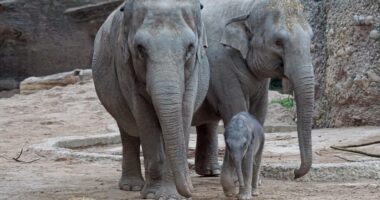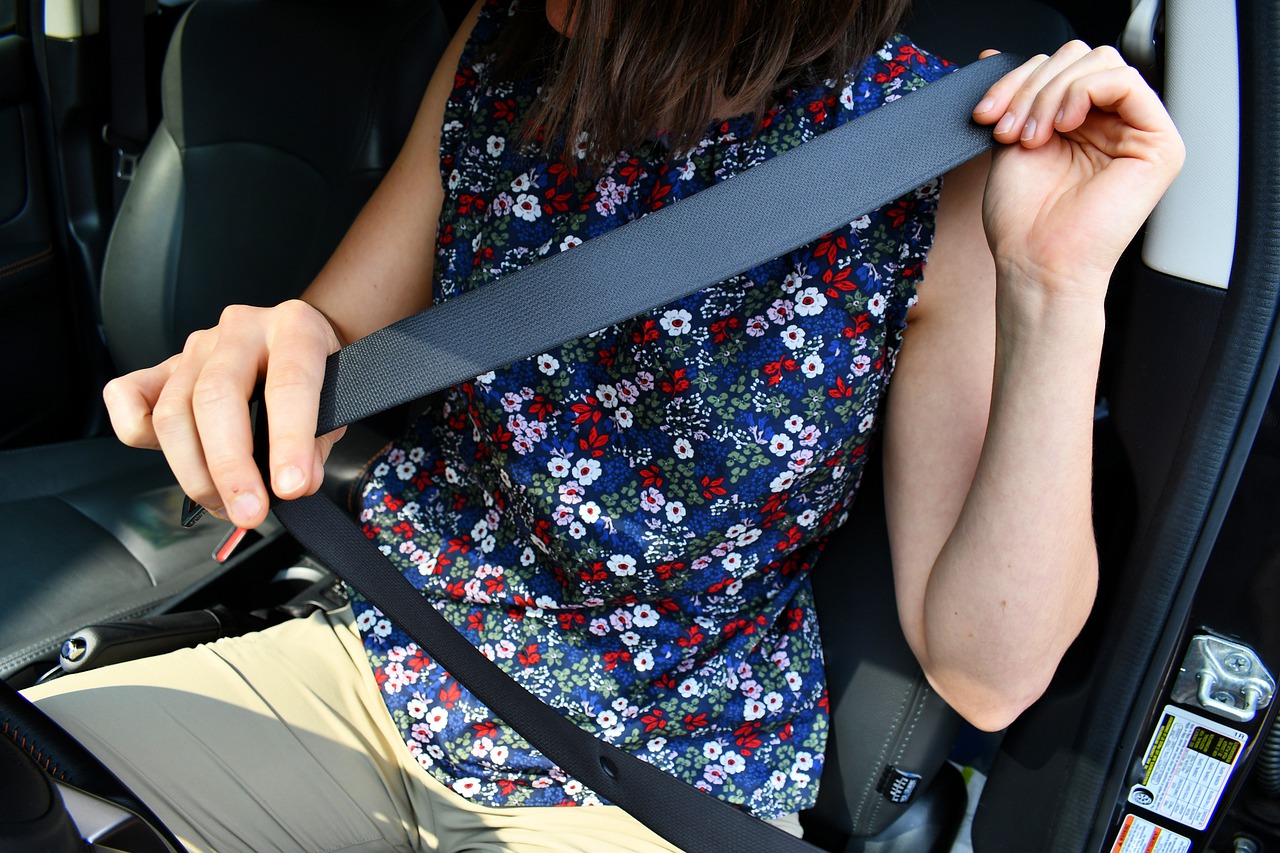Special to 1808Delaware
Delaware County has a new state-of-the-art facility to assist in the care of animals.
Just months after losing a beloved elephant to a common, but often deadly, virus, Columbus Zoo and Aquarium has opened a long-planned, on-site DNA testing lab that can provide an early warning of an active infection to veterinarians, expanding the Zoo’s state-of-the-art veterinary facilities.
The lab performs PCR (polymerase chain reaction) tests, which quickly and accurately diagnose infectious diseases and provide genetic information. The Columbus Zoo is just the fourth U.S. zoological park to have an on-site lab.
“This new laboratory is the latest action we’ve taken to further our commitment to providing the elephants in our care with the best resources possible to ensure their well-being,” said Tom Schmid, president and CEO of Columbus Zoo.
Elephant endotheliotropic herpesvirus, or EEHV, is found in both African and Asian elephants in their native ranges and human care. Currently, it is unknown as to why the virus affects some elephants and not others, but scientists, researchers and elephant care experts are working to learn more about this virus, and its treatment and prevention. While the virus can also be asymptomatic and not cause illness, it can rapidly become fatal, particularly for younger elephants.
Regular blood and trunk wash samples can alert veterinarians to an active virus early, allowing time to aggressively treat the elephant, but a confirmed diagnosis requires a special DNA test that few institutions are equipped to provide. Until now, Columbus Zoo had to hand-carry or ship blood samples to the Smithsonian’s National Zoo and Conservation Biology Institute’s National Elephant Herpesvirus Laboratory in Washington, D.C., or rely on the Smithsonian’s mobile lab for definitive diagnosis and confirmation of EEHV infection.
“The time saved by Columbus Zoo’s new on-site lab is invaluable, and an extremely important benefit for the elephants,” said Dr. Priya Bapodra-Villaverde, Columbus Zoo senior veterinarian. “Protecting the elephants in our care is a top priority, and having an on-site lab significantly decreases the wait time for important test results and allows us to run EEHV samples as often as needed.”
When 13-year-old Asian elephant Beco suddenly appeared uncharacteristically lethargic last spring, veterinarians immediately suspected EEHV based on in-house labwork, and quickly began administering aggressive treatment to him around the clock. Tragically, despite the teams’ heroic efforts, Beco succumbed to the virus less than 52 hours after first showing signs of illness. Bapodra-Villaverde said weekly trunk wash testing of asymptomatic elephants should alert the veterinary staff of any active shedding, which would allow increased surveillance of at risk animals to detect viral infection in the blood from recent exposure, and the initiation of treatment as necessary.
Since the lab became fully operational, Columbus Zoo has tested blood samples on its higher-risk elephants twice a week and monitored trunk washes weekly on the entire herd.
“Further, as we grow our databank, that information will be shared with our zoological partners, providing important research that could save the lives of these endangered elephants,” Bapodra-Villaverde said.
In partnership with Smithsonian’s National Zoo, which worked closely with the Zoo during the lab’s creation, and the national EEHV Advisory Group, the Zoo hopes data collected will not only help elephants in their care and at facilities across the U.S., but also help in the creation of an EEHV vaccine.
“Having an EEHV Point-of-Care laboratory at the Columbus Zoo will allow them to get rapid answers for EEHV samples. This allows us to collaborate with them on complex cases and research projects; our partnership will help assure continuing excellent elephant health in the United States,” said Erin Latimer, lab manager at the Smithsonian’s National Elephant Herpes Lab.
The Columbus Zoo is one of only several zoos across the country with an on-site EEHV testing lab, bolstering its commitment to maintaining topline veterinary facilities. A 17,000-square-foot-expansion of the Mel Dodge and C. Joseph Cross Animal Health Center was completed in 2017 and is one of only six zoo facilities in the country to have computerized axial tomography (CAT, also known as CT) scanning technology.
“We are continually looking to grow our diagnostic capabilities for our Zoo patients, providing state-of-the-art facilities and training, which ultimately serves global conservation efforts as well as the 10,000 animals in our direct care,” said Dr. Randy Junge, Vice President of Animal Health at Columbus Zoo and Aquarium.
The lab was made possible thanks to a wonderful donor family, who named the Columbus Zoo’s most recent elephant calf “Frankie” in memory of their mother Frances. Additional donations received by the Zoo’s supportive community through Beco’s Memorial Fund are being used to support the crucial operations of the new EEHV lab.
For additional updates about animals, events, conservation initiatives, and other happenings at the Columbus Zoo and Aquarium, be sure to follow the Zoo’s social media accounts on Facebook, Instagram, Twitter, and TikTok, and visit us at ColumbusZoo.org.










